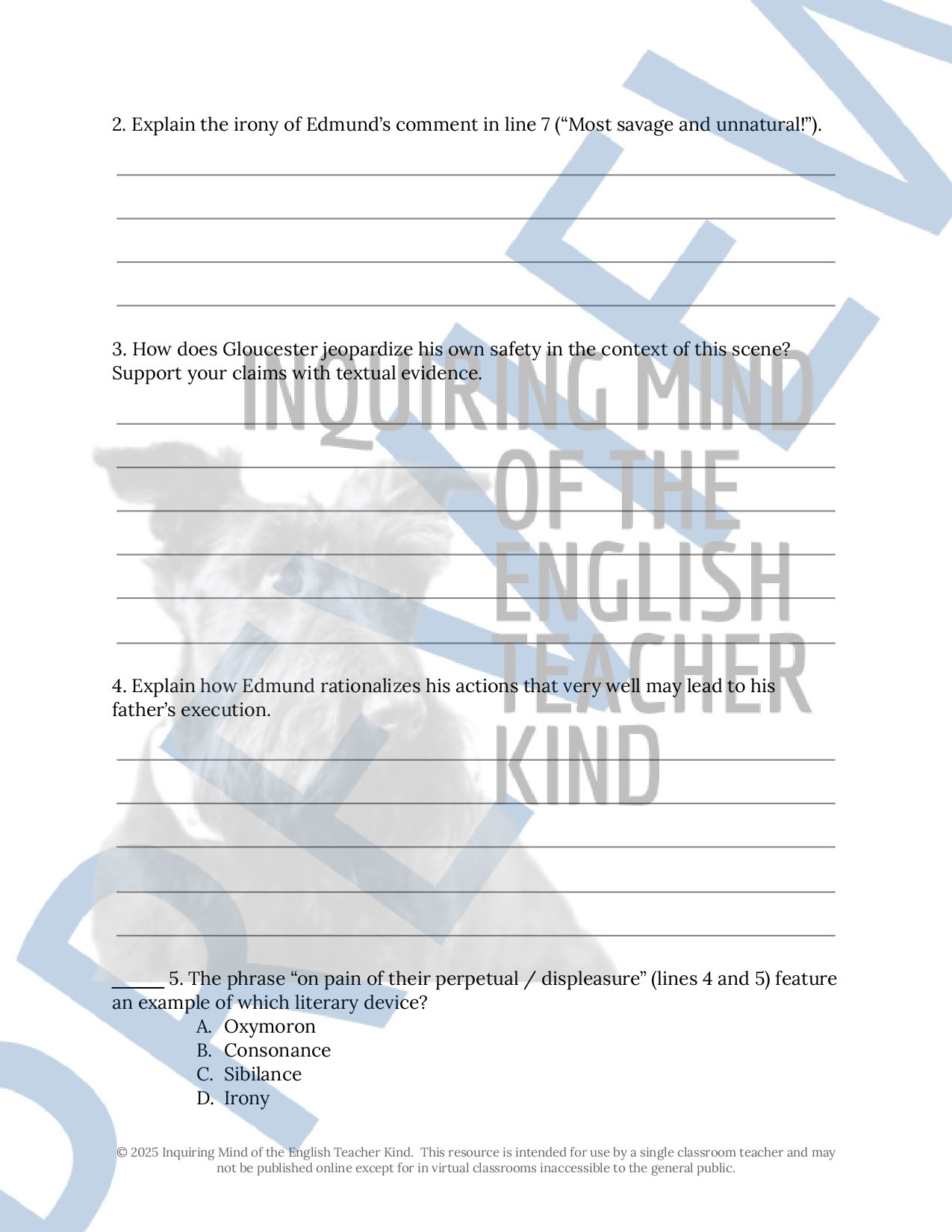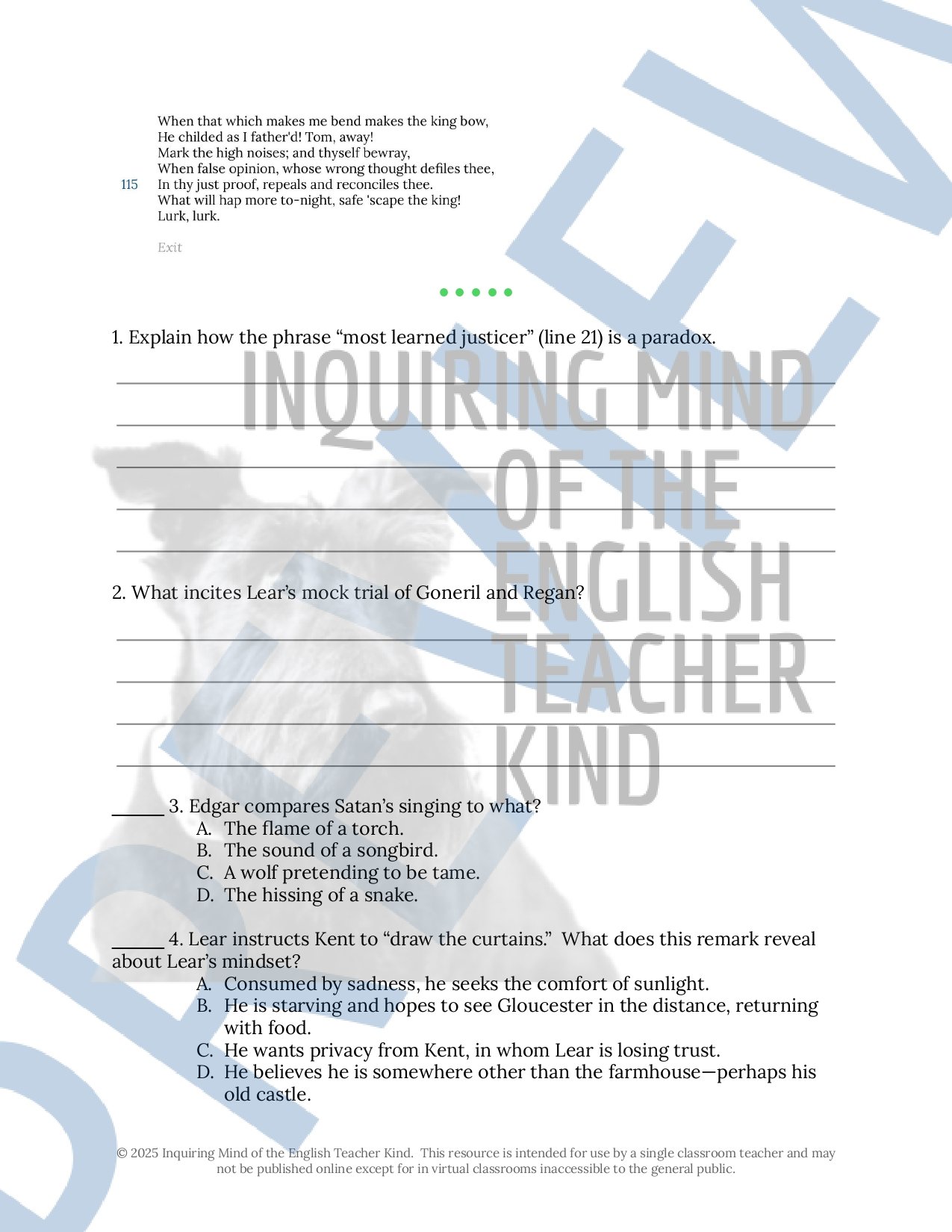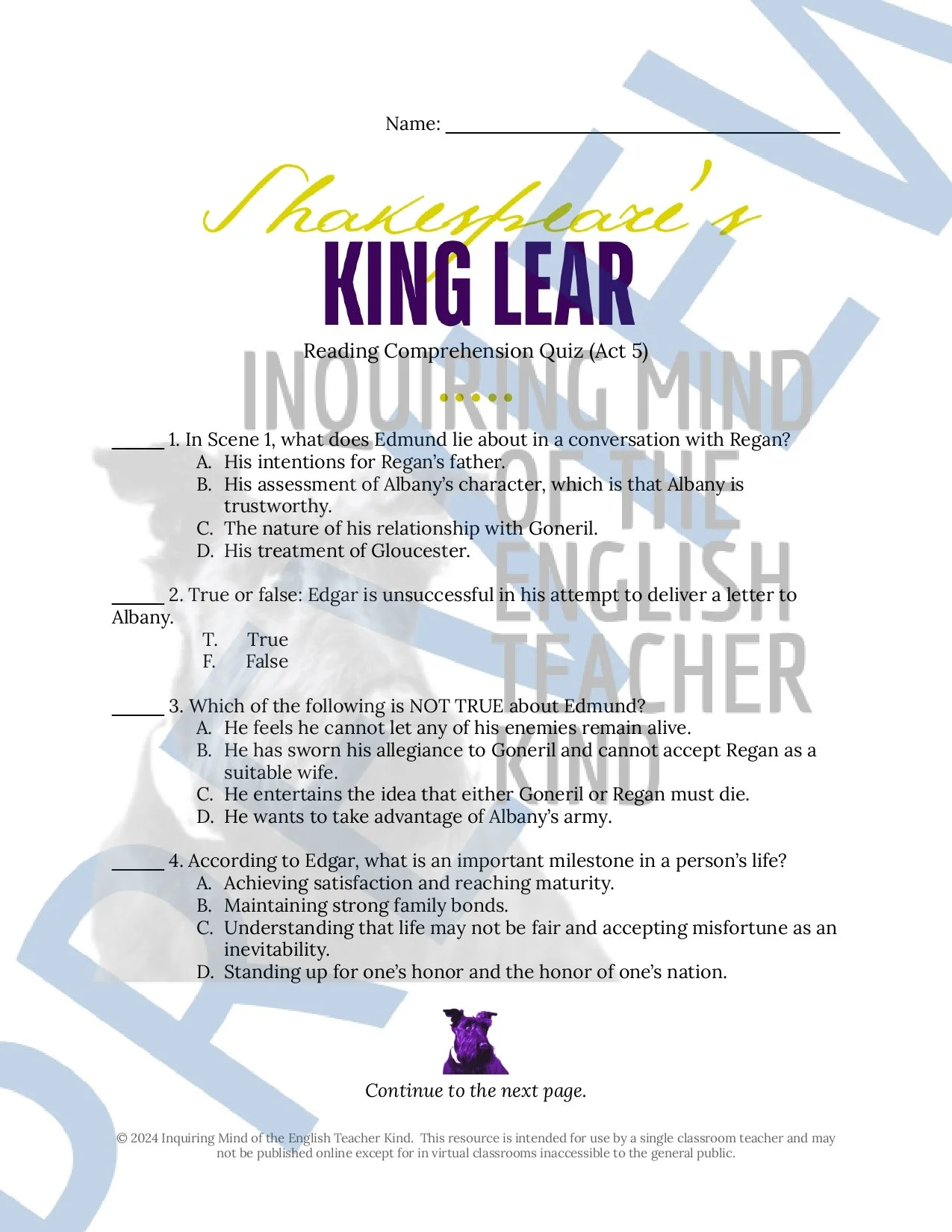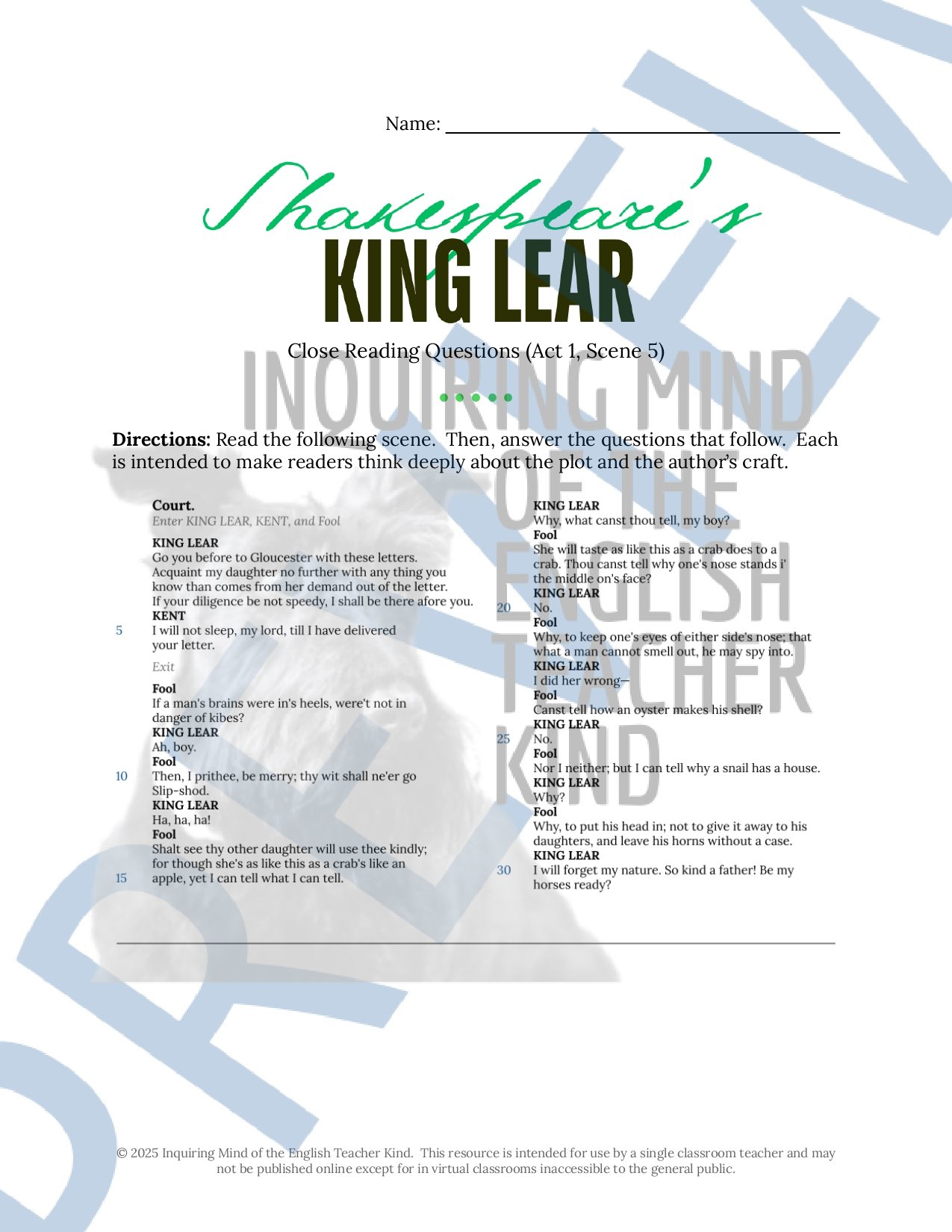 Image 1 of 38
Image 1 of 38

 Image 2 of 38
Image 2 of 38

 Image 3 of 38
Image 3 of 38

 Image 4 of 38
Image 4 of 38

 Image 5 of 38
Image 5 of 38

 Image 6 of 38
Image 6 of 38

 Image 7 of 38
Image 7 of 38

 Image 8 of 38
Image 8 of 38

 Image 9 of 38
Image 9 of 38

 Image 10 of 38
Image 10 of 38

 Image 11 of 38
Image 11 of 38

 Image 12 of 38
Image 12 of 38

 Image 13 of 38
Image 13 of 38

 Image 14 of 38
Image 14 of 38

 Image 15 of 38
Image 15 of 38

 Image 16 of 38
Image 16 of 38

 Image 17 of 38
Image 17 of 38

 Image 18 of 38
Image 18 of 38

 Image 19 of 38
Image 19 of 38

 Image 20 of 38
Image 20 of 38

 Image 21 of 38
Image 21 of 38

 Image 22 of 38
Image 22 of 38

 Image 23 of 38
Image 23 of 38

 Image 24 of 38
Image 24 of 38

 Image 25 of 38
Image 25 of 38

 Image 26 of 38
Image 26 of 38

 Image 27 of 38
Image 27 of 38

 Image 28 of 38
Image 28 of 38

 Image 29 of 38
Image 29 of 38

 Image 30 of 38
Image 30 of 38

 Image 31 of 38
Image 31 of 38

 Image 32 of 38
Image 32 of 38

 Image 33 of 38
Image 33 of 38

 Image 34 of 38
Image 34 of 38

 Image 35 of 38
Image 35 of 38

 Image 36 of 38
Image 36 of 38

 Image 37 of 38
Image 37 of 38

 Image 38 of 38
Image 38 of 38







































King Lear Act 3 Quiz, Vocabulary Games, and Close Reading Inference Worksheets
Help high school students navigate Shakespearean language, comprehend plot developments, and sharpen critical thinking and craft analysis skills with this bundle of worksheets and assessments covering Act 3 of William Shakespeare's King Lear. One plot-based quiz, one vocabulary application activity, one word search game, one crossword puzzle, seven close reading inference worksheets (one per scene), and answer keys are included. Materials are delivered in editable Word Document and printable PDF formats. (Alternatively, a Google Drive bundle option is available.) By engaging with these activities, students will do the following:
Read for literal comprehension
Consult reference materials to learn and verify word meanings as needed
Discern the most proper application of words as they are used in sentences
Describe tone in context
Determine the primary functions of given excerpts or scenes
Explore how characters think, behave, interact, and develop
Compare two characters in the play (Edgar and Edmund)
Apply knowledge of literary devices including assonance, hyperbole, personification, paradox, metaphor, verbal irony, dramatic irony, situational irony, and apheresis
Conduct brief research on pelicans to better understand their symbolic value in context ("pelican daughters")
Support claims and inferences with sound reasoning and relevant evidence
Write about Shakespearean drama with clarity, accuracy, and precision
Come to class better prepared to discuss Shakespeare's plays
Materials are available for teaching a variety of Shakespeare's plays:
Help high school students navigate Shakespearean language, comprehend plot developments, and sharpen critical thinking and craft analysis skills with this bundle of worksheets and assessments covering Act 3 of William Shakespeare's King Lear. One plot-based quiz, one vocabulary application activity, one word search game, one crossword puzzle, seven close reading inference worksheets (one per scene), and answer keys are included. Materials are delivered in editable Word Document and printable PDF formats. (Alternatively, a Google Drive bundle option is available.) By engaging with these activities, students will do the following:
Read for literal comprehension
Consult reference materials to learn and verify word meanings as needed
Discern the most proper application of words as they are used in sentences
Describe tone in context
Determine the primary functions of given excerpts or scenes
Explore how characters think, behave, interact, and develop
Compare two characters in the play (Edgar and Edmund)
Apply knowledge of literary devices including assonance, hyperbole, personification, paradox, metaphor, verbal irony, dramatic irony, situational irony, and apheresis
Conduct brief research on pelicans to better understand their symbolic value in context ("pelican daughters")
Support claims and inferences with sound reasoning and relevant evidence
Write about Shakespearean drama with clarity, accuracy, and precision
Come to class better prepared to discuss Shakespeare's plays
Materials are available for teaching a variety of Shakespeare's plays:


Preview this resource:
Help high school students navigate Shakespearean language, comprehend plot developments, and sharpen critical thinking and craft analysis skills with this bundle of worksheets and assessments covering Act 3 of William Shakespeare's King Lear. One plot-based quiz, one vocabulary application activity, one word search game, one crossword puzzle, seven close reading inference worksheets (one per scene), and answer keys are included.

























































































































































































